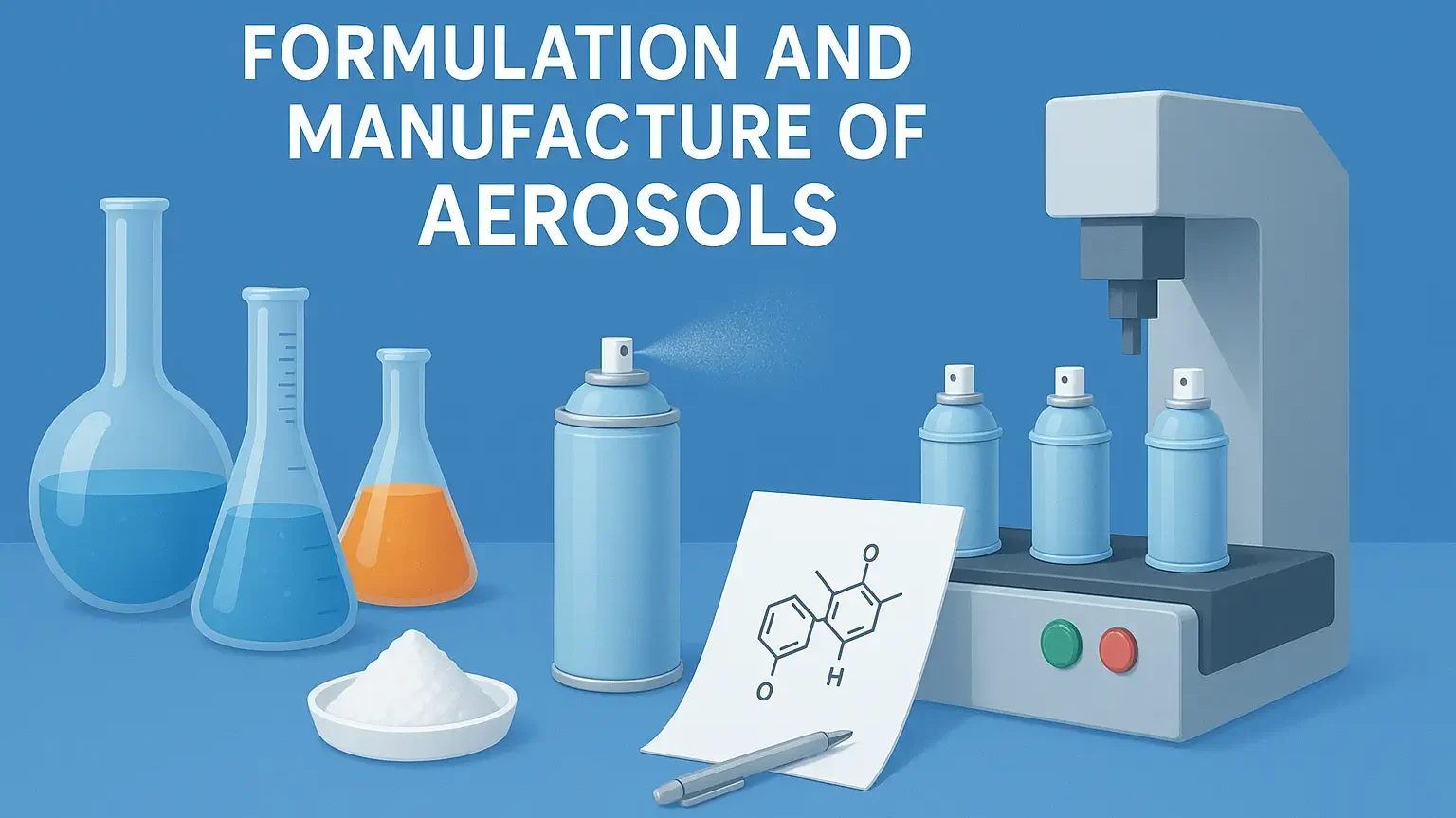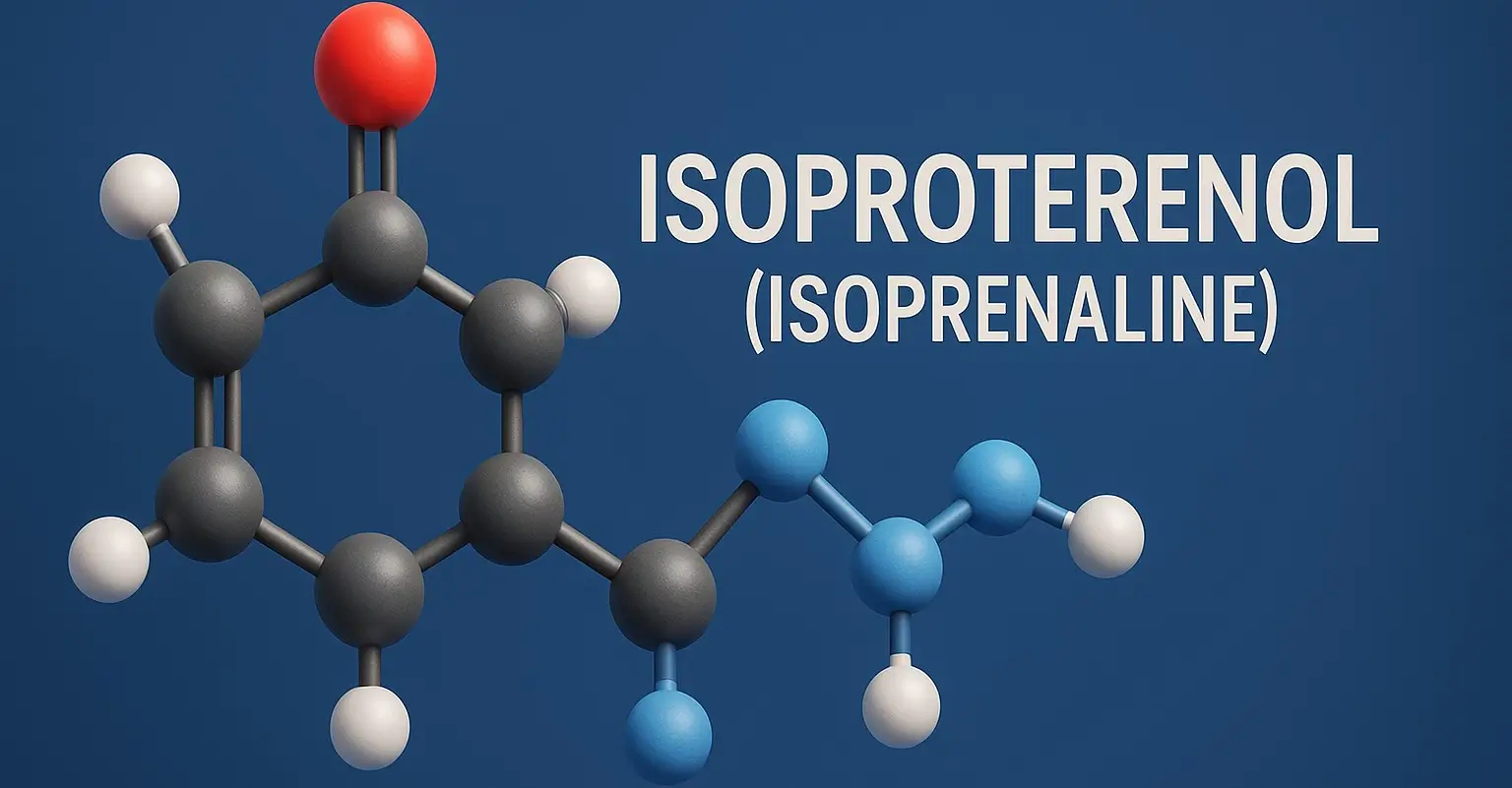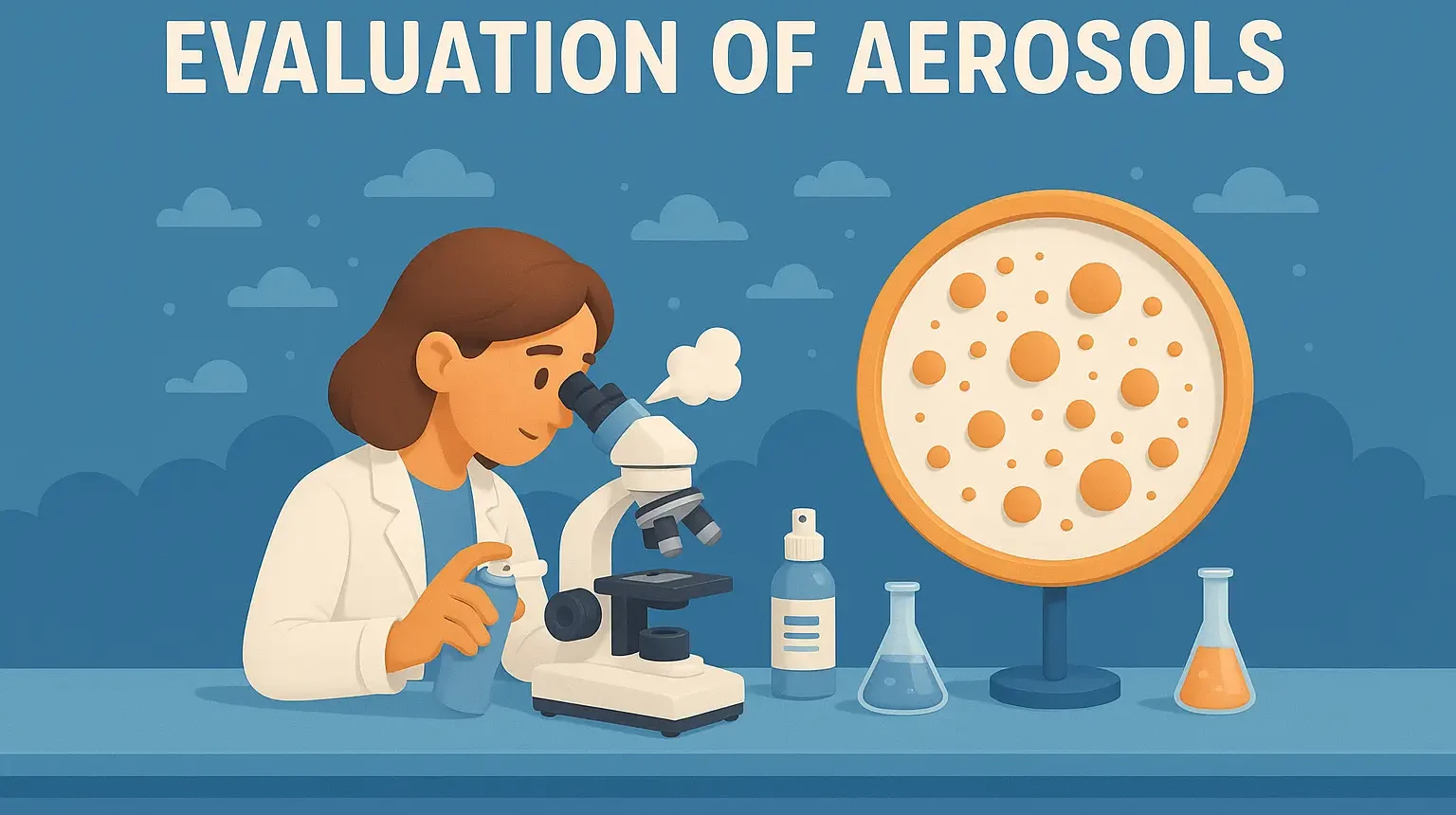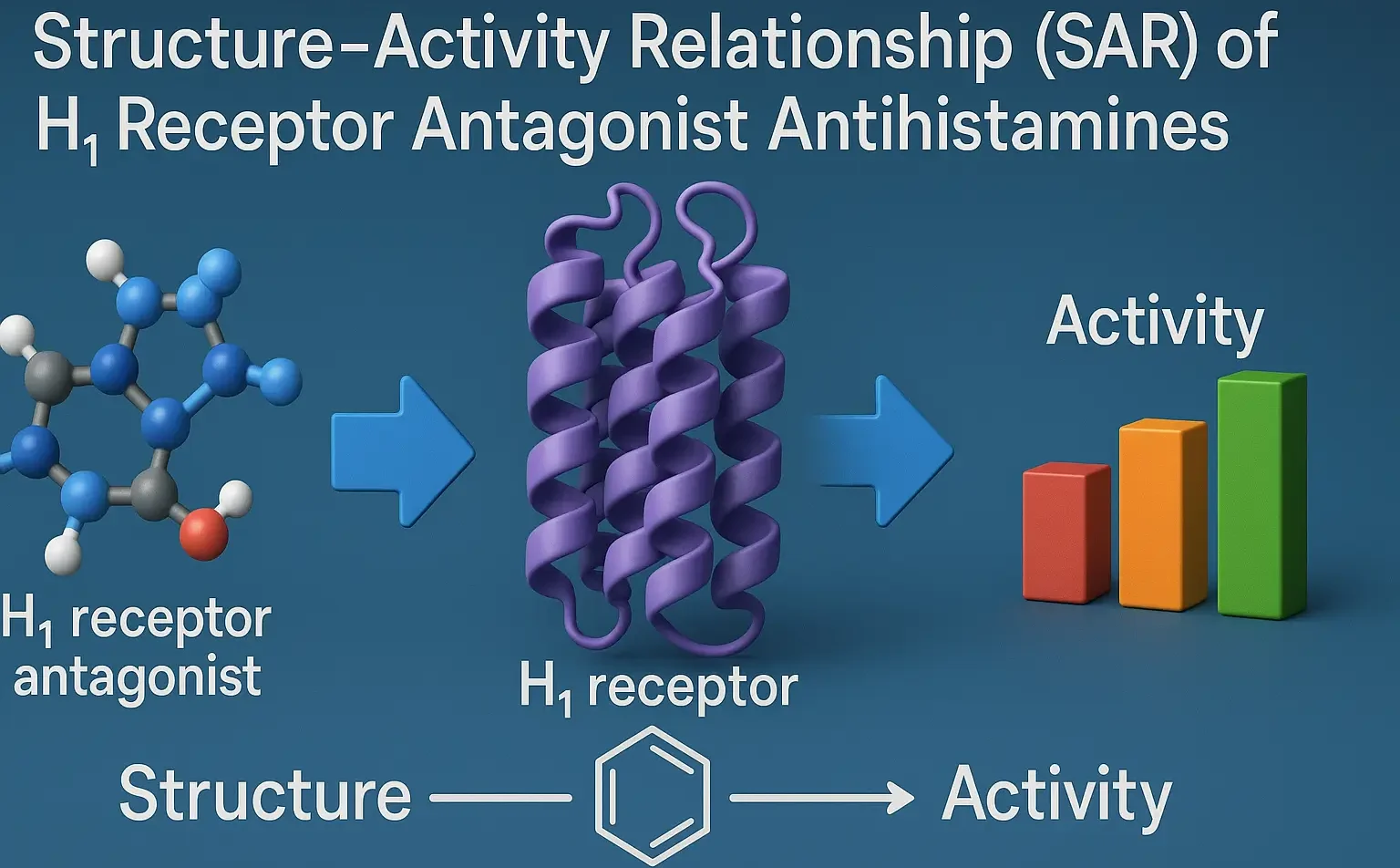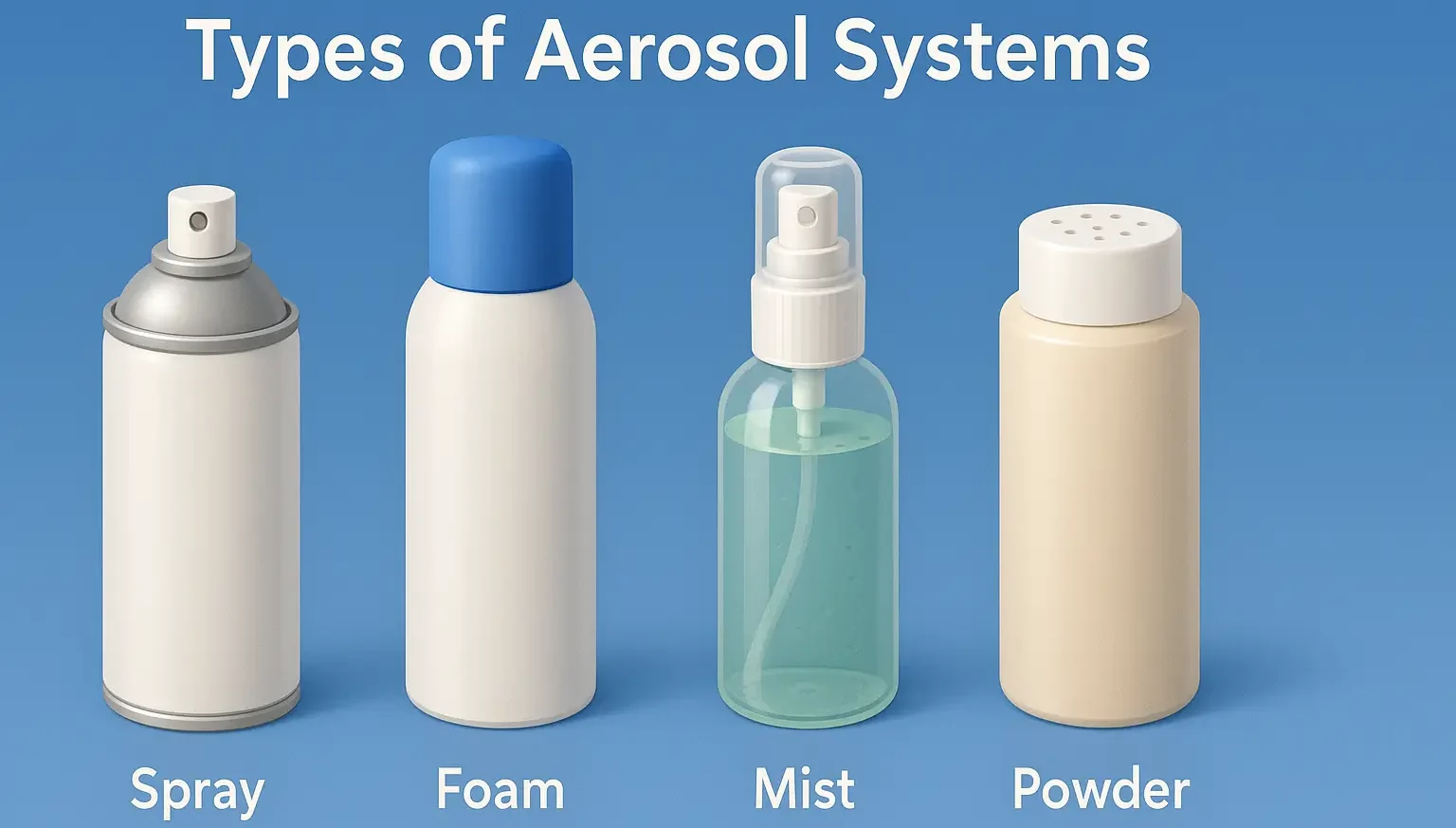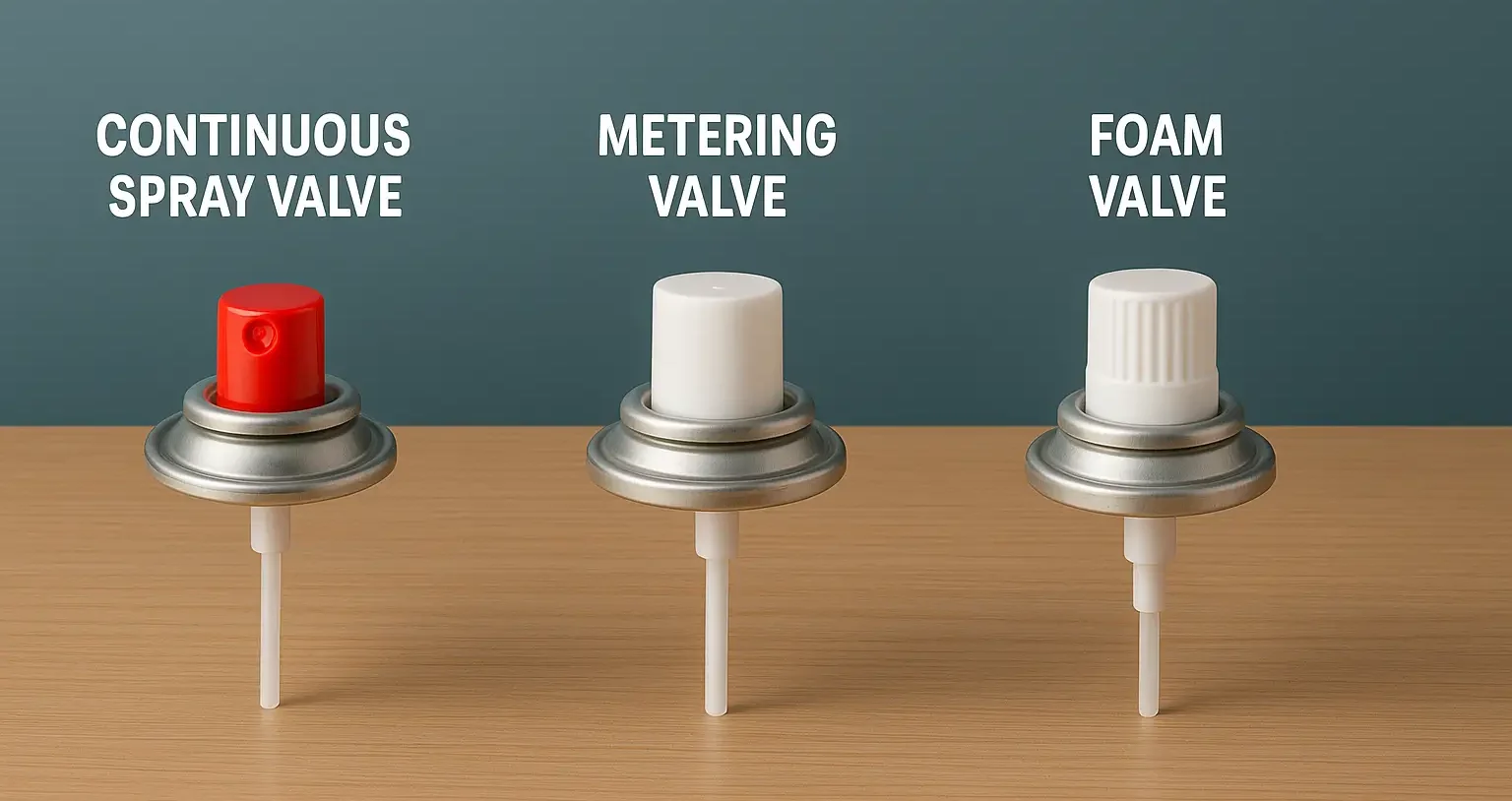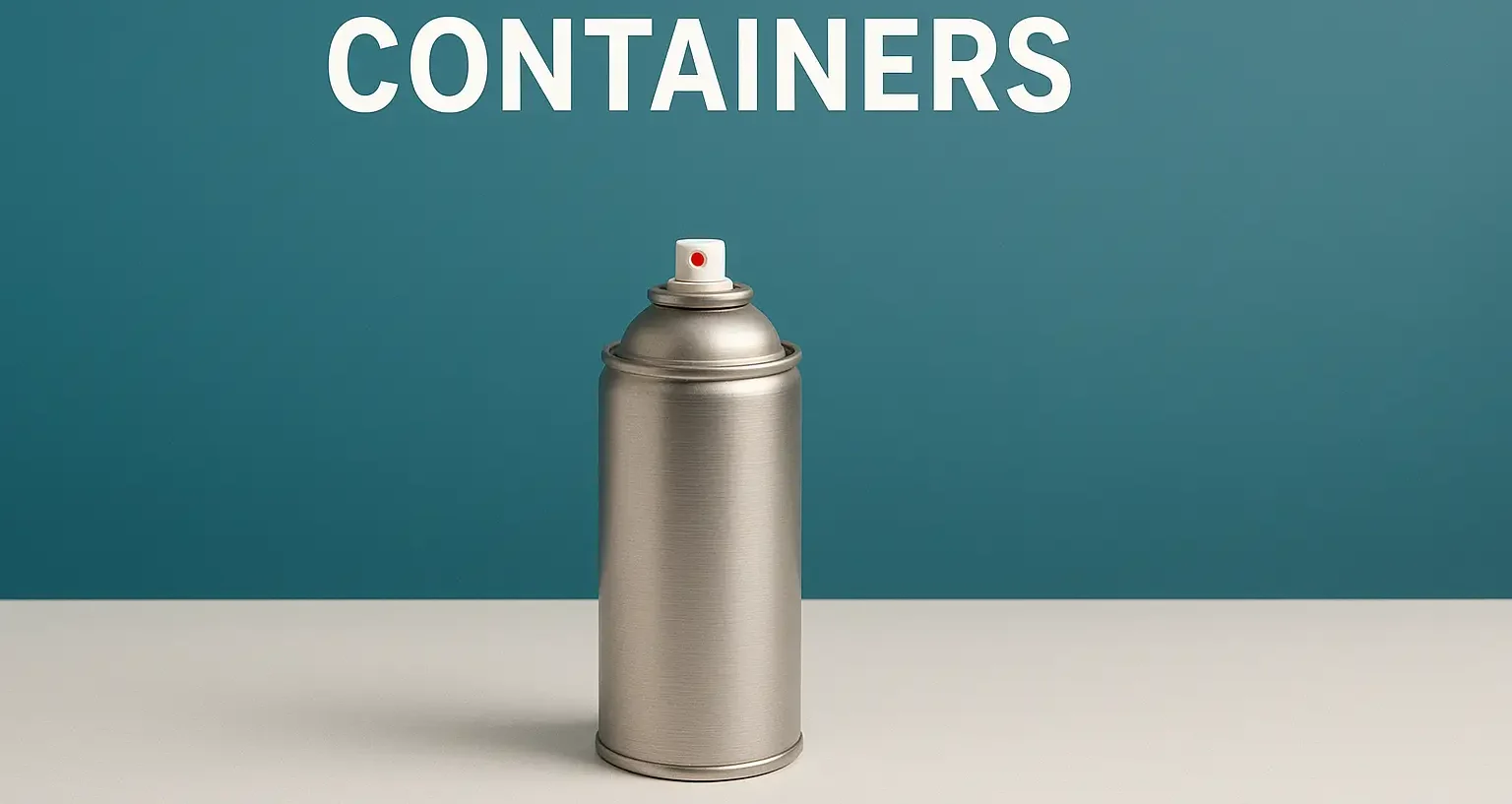Formulation and Manufacture of Aerosols
Formulation and Manufacture of Aerosols involve selecting suitable propellants, solvents, and active ingredients for stability and delivery. Formulation and Manufacture of Aerosols also include filling, sealing, and quality control for efficient drug release. The formulation of aerosols requires careful selection and combination of ingredients to achieve desired performance. Formulation Components: Active Pharmaceutical Ingredient (API): Must … Read more

